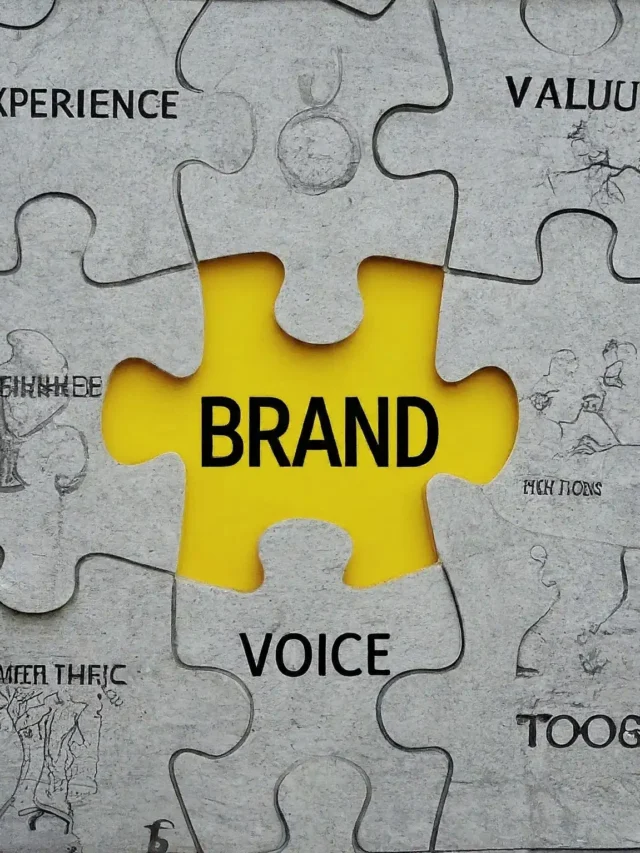In the Internet world, Search Engine Optimization (SEO) plays a vital role. Along with content, images also play a big role in increasing the visibility and ranking of a website. When we use images properly, they not only improve the user experience but also help the website’s SEO. Image type structure data is used in this process.
What is Image Type Structure Data?
Image type structure data is a type of code that we add to our web pages. It provides information to search engines about what the image is and what its purpose is. When search engine bots scan your website, this structured data gives them specific information about the image, which helps them understand it correctly and show more relevant results to users.
Benefits of Image Type Structure Data
1. Improve SEO ranking: Search engines, especially Google, prefer websites that use structure data correctly. Properly tagging image-related data can improve your website’s ranking.
2. Appearing in rich results: Image structure data can help your images appear in rich results. Rich results are particularly attractive and help get more clicks.
3. Better user experience: When your images are correctly indexed, users are able to find them easily. This not only increases your website’s traffic but also improves user experience.
4. Voice search optimization: The use of voice search is on the rise. Image type structure data can make your images more relevant in voice search, allowing your website to rank higher in voice search results as well.
How to add image type structure data?
To add image type structure data, you need to use JSON-LD (JavaScript Object Notation for Linked Data) in the HTML code of your website. Below is an example:
html
<script type=”application/ld+json”>
{
“@context”: “https://schema.org”,
“@type”: “ImageObject”,
“contentUrl”: “https://www.example.com/images/sample.jpg”,
“creator”: {
“@type”: “Person”,
“name”: “Rahul Sharma”
},
“description”: “This is an image of a beautiful landscape.”,
“license”: “https://www.example.com/license”
}
</script>
Key elements of image type structure data
1. @context: It tells which schema the data is using. For image data, we use “https://schema.org”.
2. @type: It uses “ImageObject”, which tells search engines that this is the data of an image.
3. Content URL: It contains the URL of the image you are using.
4. Creator: It contains the name of the creator of the image, which gives additional information to search engines.
5. Description: It provides details about the image.
6. License: It states the license or terms of use of the image.
Tips for Implementing Image Structure Data
Implementing image structure data correctly can significantly improve your SEO performance. Here are some tips that will help you implement it correctly:
1. Choose the right and descriptive file name
Always name your image in a way that reflects the content of the image. For example, if you are using an image of a “beautiful landscape”, it should be named “beautiful-landscape.jpg” and not “image123.jpg”.
The file name helps search engines understand the content of the image, which improves SEO.
2. Use ALT tags correctly
Give a clear and relevant description of the image in the ALT tag of the image. For example, `<img src=”beautiful-landscape.jpg” alt=” beautiful mountain landscape”/>`.
The ALT tag is also important for users who use screen readers, plus it helps search engines index the image.
3. Include images in a sitemap
Make sure to include your images in an XML sitemap. This helps search engines better find your website’s images.
You can submit an image sitemap using Google Search Console. Adding images to a sitemap makes it easier for search engine bots to index them.
4. Use JSON-LD schema
Use JSON-LD structured data to provide more details about the image. Include the image URL, creator name, and description of the image.
Example:
HTML
<script type=”application/ld+json”>
{
“@context”: “https://schema.org”,
“@type”: “ImageObject”,
“contentUrl”: “https://www.example.com/images/sample.jpg”,
“creator”: {
“@type”: “Person”,
“name”: “Rahul Sharma”
},
“description”: “This is an image of a beautiful mountain view.”,
“license”: “https://www.example.com/license”
}
</script>
This structured data gives search engines in-depth information about the image, allowing your images to appear in rich snippets.
5. Optimize image size and quality
Keep the image size small so that it does not negatively impact the page loading speed. Compress the image but take care of the quality.
Use WebP or other modern formats that offer high quality at smaller sizes.
Make sure the images are mobile-friendly, as Google considers mobile page loading speed as important in ranking.
6. Use relevant images with content
Make sure your images match the content of the website. For example, if your blog post is about a tech product, the image should be related to that product.
Using relevant images not only improves user experience, but search engines also consider it more relevant.
7. Don’t forget to provide license and credit
If you are using images from a third party, provide the correct credit and licensing information for it. Put information about the license and creator in the JSON-LD schema.
8. Use Open Graph and Twitter Card meta tags
If your website is shared on social media, make sure to use Open Graph and Twitter Card meta tags so that the correct images are displayed on social media platforms.
HTML
<meta property=”og:image” content=”https://www.example.com/images/sample.jpg”>
<meta name=”twitter:image” content=”https://www.example.com/images/sample.jpg”>
9. Markup correctly for multiple images
If you have multiple images on your web page, markup structured data separately for each so that search engines can index each image correctly.
10. Update images frequently
Update old images periodically, especially if the website content is changing. Using updated and relevant images is a good sign for search engines.
By following these tips, you can make your website images more useful and SEO-friendly for both search engines and users.
Conclusion
Image type structure data is a simple but important tool that makes your website images more relevant and useful for search engines and users. Using it correctly can increase your website rankings and make your digital marketing efforts more effective.
Don’t ignore this important aspect of SEO and implement it on your webpage so that your images can reach more and more people.










